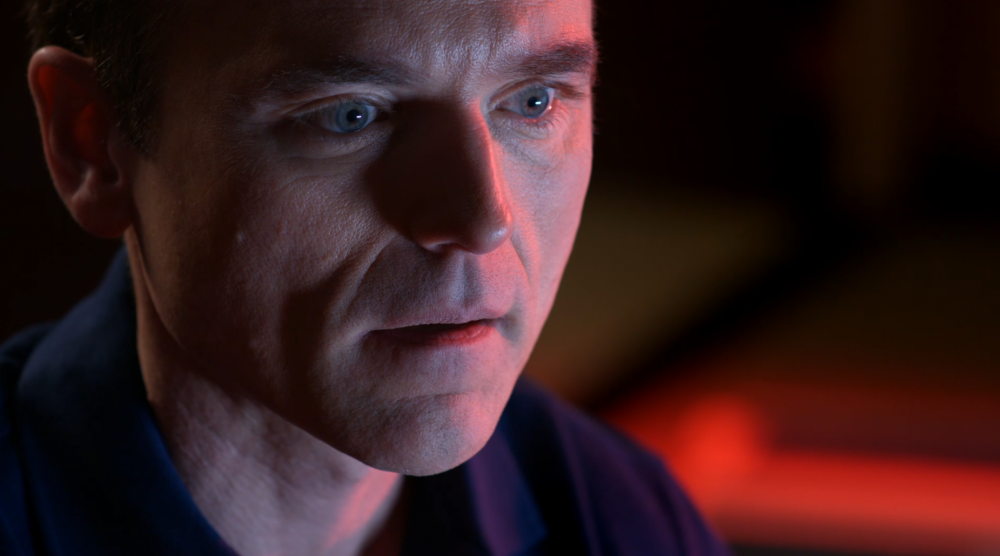Spring Colors
This week finally started to look like spring around Atlanta, and with spring comes beautiful colors. With all this life and energy in the air, we thought we would take this chance to talk about color in video marketing. Most marketers know that color has a big impact on consumers, but not everyone understands the way color works on our emotions.
The Nature of Color Psychology
If I asked you to describe what the color red symbolized or was associated with, you might consider suggesting a theme such as love or an object such as the rose. The color green might illicit thoughts of trees, forests, and healthy eating. We make use of color in our language and culture and it’s very well known that it can influence how we feel about content marketed to us through video and other forms of advertising.
If you happen to be generating that content, understanding how colors can be used to impact your audience is very critical if you want strong and cohesive material.
Many articles online will list out very specific color associations, such as green being associated with peace and nature and red being associated with warmth and love, but the truth is that color perception is all about context. Green may be perceived as peaceful and natural when you’re looking at photographs of trees and plants, but green-tinted lighting can actually make people look pale and sickly.
Similarly, red is not consistently a color of love. It can also be a color of fear and anguish. In the image below from one of our commercial spots, we chose to highlight our actor’s face with red lighting to support the story that he is being stalked and hunted down. It made the scene much more intense to use red light rather than using just white light.
Color in Video Marketing
According to research done by Satyendra Singh at The University of Winnipeg, consumers make decisions about products within 90 seconds of their first interaction, with 62-90 percent of their assessment based solely on color.
Research performed by Paul Botttomley and John Doyle of Cardiff Business School, suggests that color in video marketing content and branding will be perceived on a basis of ‘appropriateness’ by consumers. “Do these colors resonate with what I’m looking for from this product?”. This question and perception is in relation to the overall aesthetic of your brand.
The colors you choose to use for your content will be judged quickly, easily within 30 seconds depending on how short your video is, and also within the context of the overall image that you are projecting.
Simple color associations given as examples earlier should be considered and explored, but should not be the only thing considered when making your choice. Other things to consider include your brand name, logo, and typeface. According to Bottomley and Doyle, these add together to create ‘visual equity’, or the value derived by the consumer from the look and feel of your brand.
The real question you will always want to ask when contemplating color in video marketing is simply whether or not the colors you are considering support the mood and feeling you want your audience to have when they see your product and think of your brand.


